Apple's foldable iPhone has been the subject of speculation for years, but recent reports suggest we're finally approaching the finish line. The company is preparing to enter the foldable market in 2026 with what could become its most expensive iPhone ever.
Now, here's where things get interesting—recent industry analysis indicates the device may carry a price tag of $2,399, representing an increase from earlier projections of $2,300 (Android Authority). This premium pricing reflects Apple's strategic entry into a product category that's already seven years old, but their calculated delay may have been worth the wait. While Samsung pioneered this space back in 2019, Apple has been characteristically patient, waiting until they could deliver breakthrough innovations like their rumored crease-free display technology.
This positioning targets a market segment that's been dominated by Samsung and other Android manufacturers (Android Authority), but Apple's approach suggests they're betting on premium engineering over early market entry. All signs point to a launch window sometime in 2026, marking Apple's long-awaited entry into the foldable smartphone arena.
Why this price tag makes sense (even if it stings)
Let's break down what's driving this eye-watering price point. The primary culprit appears to be Apple's sophisticated hinge system, which represents a significant engineering challenge (Android Authority). This isn't just any ordinary hinge we're talking about here.
Apple is reportedly developing an "amorphous alloy (metallic glass)" material that resists bending, dents, and damage more effectively than traditional materials (Android Authority). Here's the kicker—this innovative material is said to be 2.5 times stronger and harder than titanium (Android Authority).
Think about that for a moment. Titanium is already considered one of the premium materials in smartphone construction, and Apple's pushing beyond even that threshold. This durability translates to practical benefits: an estimated 200,000+ fold cycles, potentially doubling the lifespan of current foldables. When you factor in this level of material engineering, it's no surprise that Apple's bill of materials for the foldable is becoming increasingly expensive (Android Authority).
The economic landscape adds another layer of complexity. While competitor hinges cost approximately $30-40, Apple's advanced hinge system is projected to cost $70-80 per unit. Rising component and material costs globally are affecting the entire tech industry, and Apple's premium approach means they're not cutting corners to offset these increases (Android Authority). In essence, Apple is betting that consumers will pay a premium for engineering excellence—a strategy that's worked well for them in other product categories.
How Apple plans to outclass the competition
Here's where things get really exciting for tech enthusiasts. Apple has reportedly achieved what many thought impossible: eliminating the visible crease that typically appears along foldable device hinges (PC Mag). If you've ever used a Samsung Galaxy Z Fold or Google Pixel Fold, you know that crease is one of the most noticeable aspects of current foldable technology—current foldables show visible creases after approximately 50,000 folds, affecting both aesthetics and long-term display integrity.
Supply chain sources view this as a major breakthrough, with the device now entering its pre-mass production stage (PC Mag). The expected "iPhone Fold" is scheduled to launch in September 2026, featuring what industry insiders describe as the first truly crease-free foldable display (PC Mag).
This technical achievement provides Apple with a significant competitive advantage, especially when you consider the current landscape. The Galaxy Z Fold 7 comes in at $1,999, while the Pixel 10 Pro Fold starts at $1,799 (PC Mag). Sure, Apple's device will cost more, but if they've genuinely solved the crease problem that's plagued every other foldable on the market, that price difference might feel justified to consumers who've been waiting for a truly premium foldable experience.
Apple's timing advantage allows them to focus on refinement rather than foundational problem-solving, potentially explaining how they achieved the crease-free display breakthrough. They're entering after competitors have worked through the initial growing pains of foldable technology, giving Apple the opportunity to perfect what others could only prototype.
What you'll get for your $2,399
The specifications emerging from supply chain reports paint a picture of a device that could redefine premium smartphones. The foldable iPhone is expected to feature a 7.8-inch main display when unfolded and a 5.5-inch cover display when closed (MacRumors). This 7.8-inch display, combined with the advanced camera system, creates a seamless video calling and productivity experience that rivals dedicated tablets—essentially giving you a pocket-sized iPad that transforms into a regular phone.
Perhaps most impressively, the device will reportedly include an industry-first 24-megapixel under-display camera built into the inner screen (MacRumors). This is a massive leap forward from existing Android foldables that typically use 4 or 8-megapixel under-screen cameras (MacRumors). For anyone who's struggled with the poor quality of under-display cameras on current devices, this represents a significant breakthrough.
The battery technology also represents a major upgrade from traditional iPhones. Apple is implementing high-density cells providing capacities in the 5,400-5,800 mAh range (MacRumors). This could potentially make it the largest battery ever fitted to an iPhone, which makes sense given that it needs to power two displays simultaneously.
Apple has fundamentally rethought aspects of the smartphone experience for the foldable form factor—including redesigned iOS interface elements, new multitasking gestures, and optimized app scaling algorithms. Rather than simply scaling up existing iPhone technology, they've created a device that seamlessly bridges the gap between phone and tablet functionality.
The market reality check
Bottom line: this pricing strategy reflects Apple's confidence in creating a new premium tier within the smartphone market. If the $2,399 price proves accurate, Apple's first foldable will establish a new price ceiling for this form factor, potentially making it the company's most expensive iPhone yet (Android Authority).
But here's the thing about Apple's approach—they're not necessarily targeting mass-market adoption right out of the gate. Market analysts project modest initial sales of around 5 million units in the first year (Currently AT&T), suggesting Apple views this as a showcase product rather than a volume play. Like the original iPhone's introduction of multi-touch at $499-599 when competitors offered $200-300 devices, Apple is betting premium pricing establishes new category expectations.
The real question facing consumers is whether the combination of crease-free display technology, advanced materials, and Apple's ecosystem integration justifies paying $400 more than a Galaxy Z Fold 7. Apple's ecosystem integration means seamless handoff between outer and inner displays, plus guaranteed iOS updates that optimize for evolving foldable use cases—advantages that extend well beyond the initial purchase.
Whether consumers will follow Apple up this pricing ladder depends entirely on whether the hinge durability, crease-free display, and overall execution truly justify the premium over Android alternatives (Android Authority). Apple's betting that their reputation for premium experiences, long-term software support, and now breakthrough foldable technology will make the difference—a strategy that's worked remarkably well for them across their entire product portfolio.
The key takeaway here is that Apple isn't trying to make foldables mainstream with their first attempt. Instead, they're establishing themselves as the premium option in a growing category, setting the stage for broader market expansion as production scales up and costs eventually come down. This represents Apple's biggest pricing gamble since the original iPhone, but if successful, it could redefine what consumers expect from foldable technology.






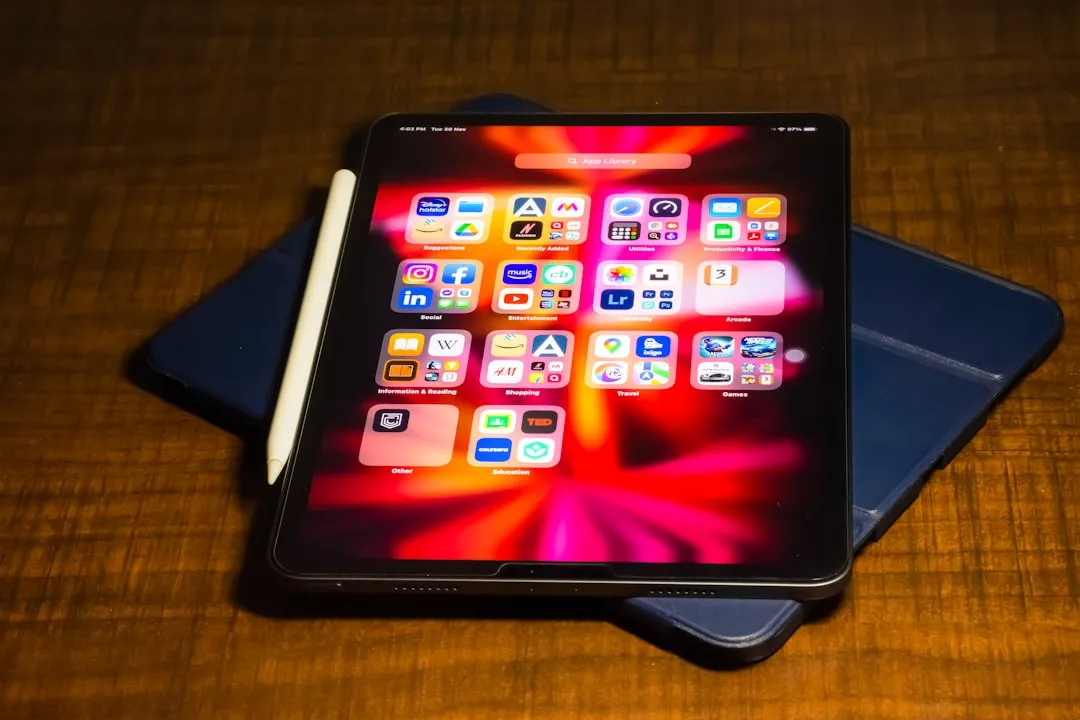

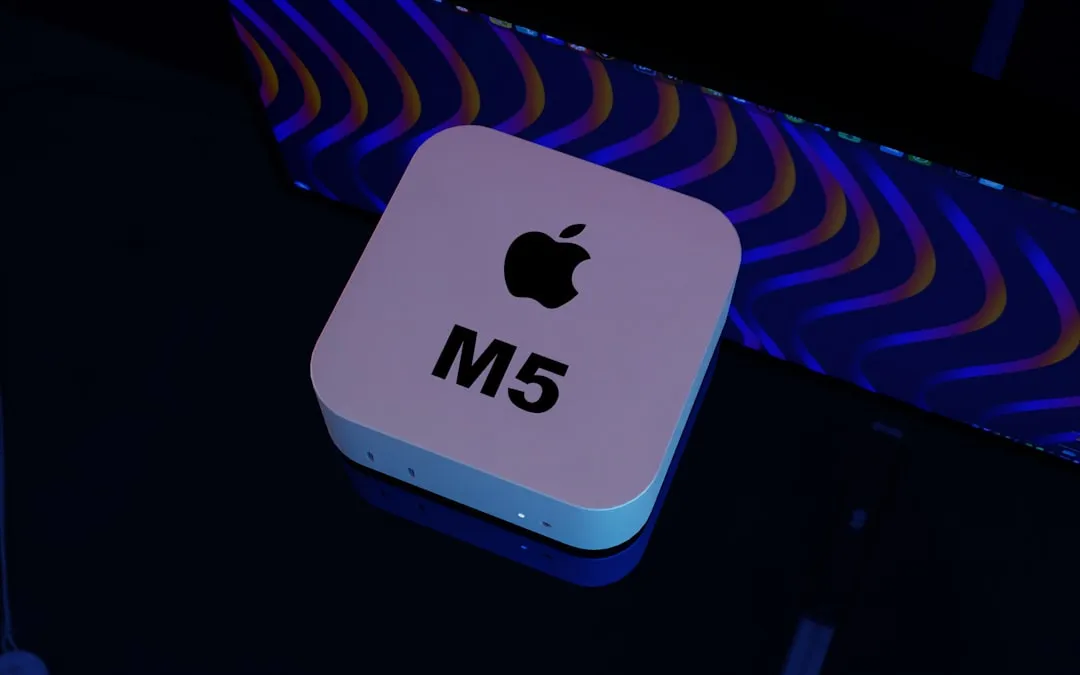
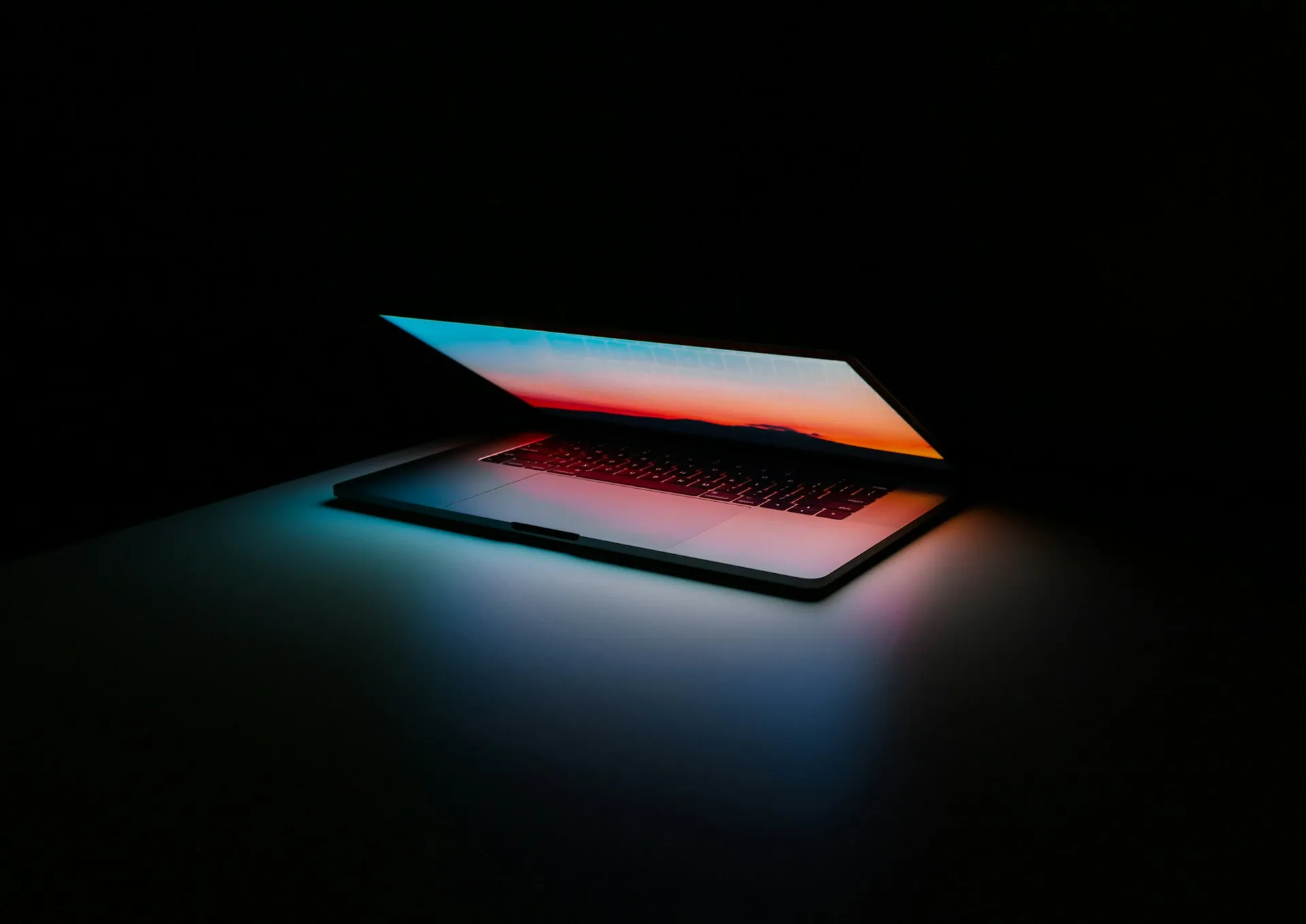


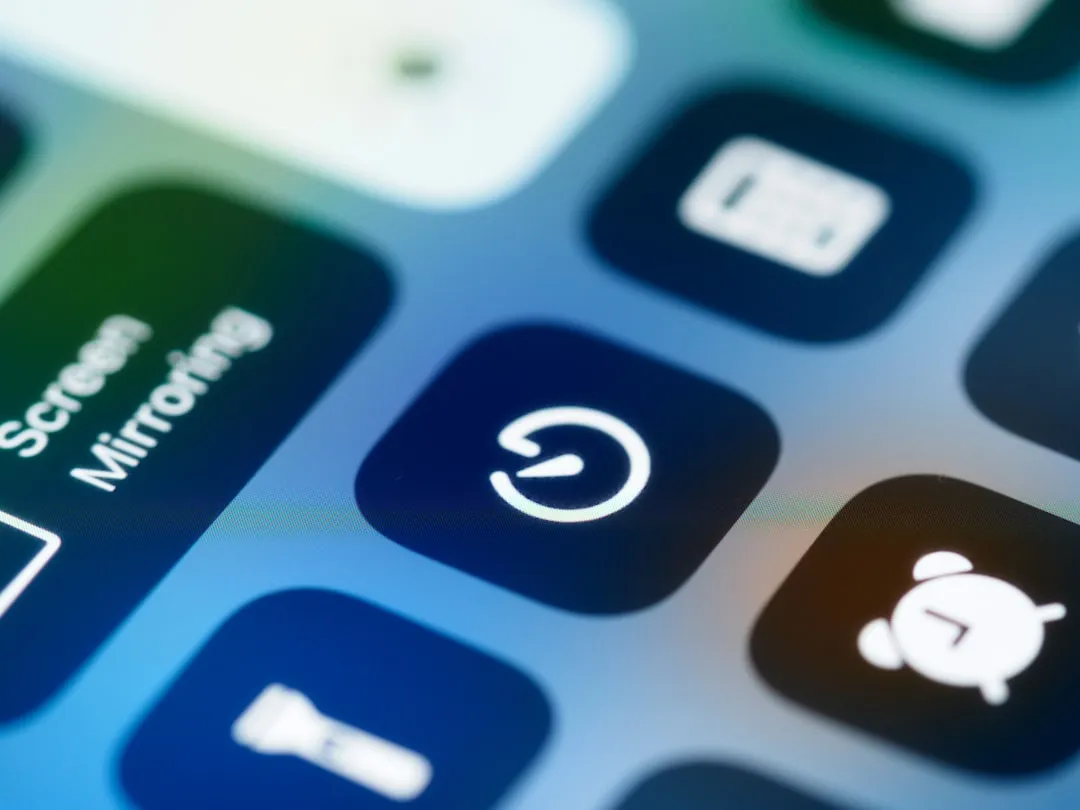
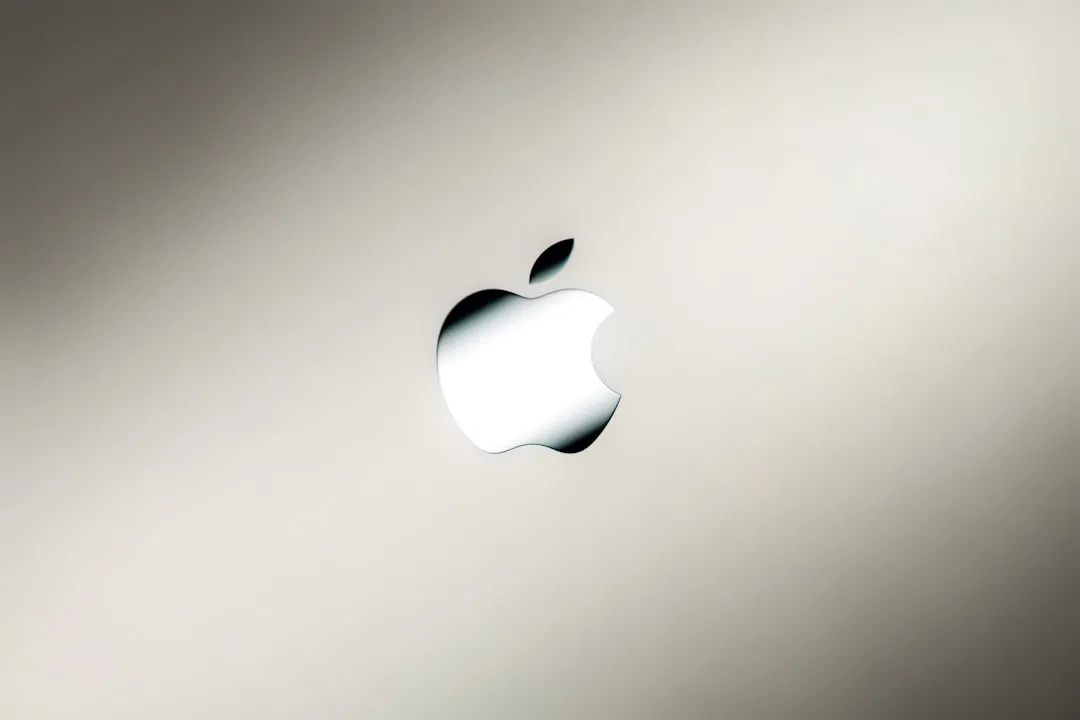

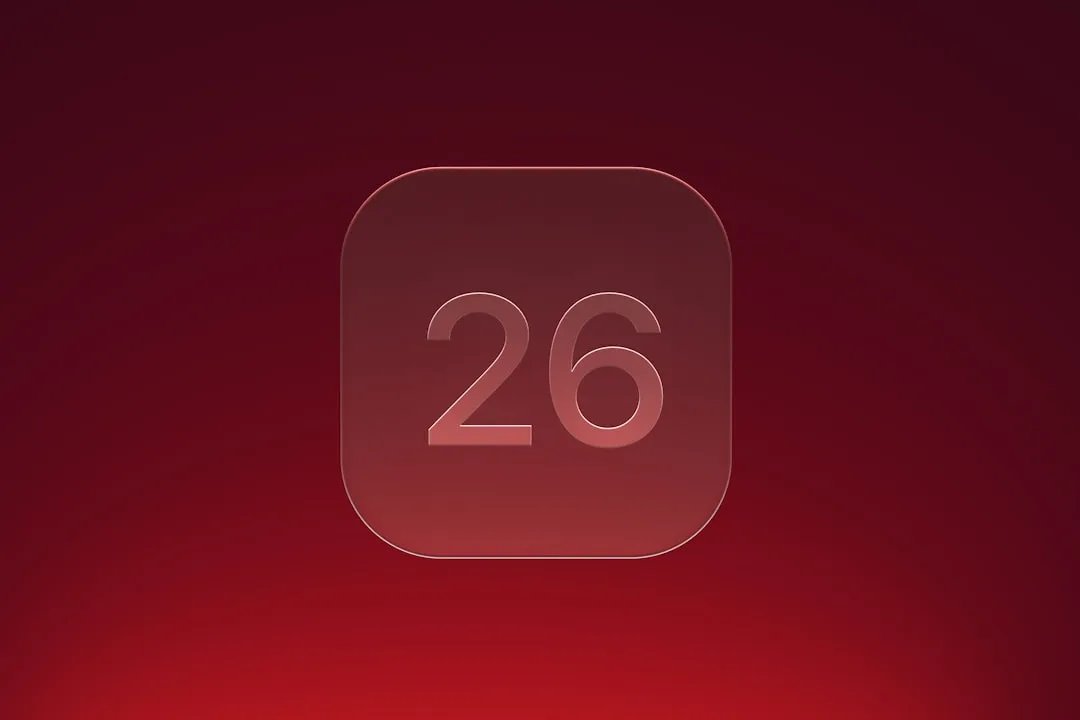

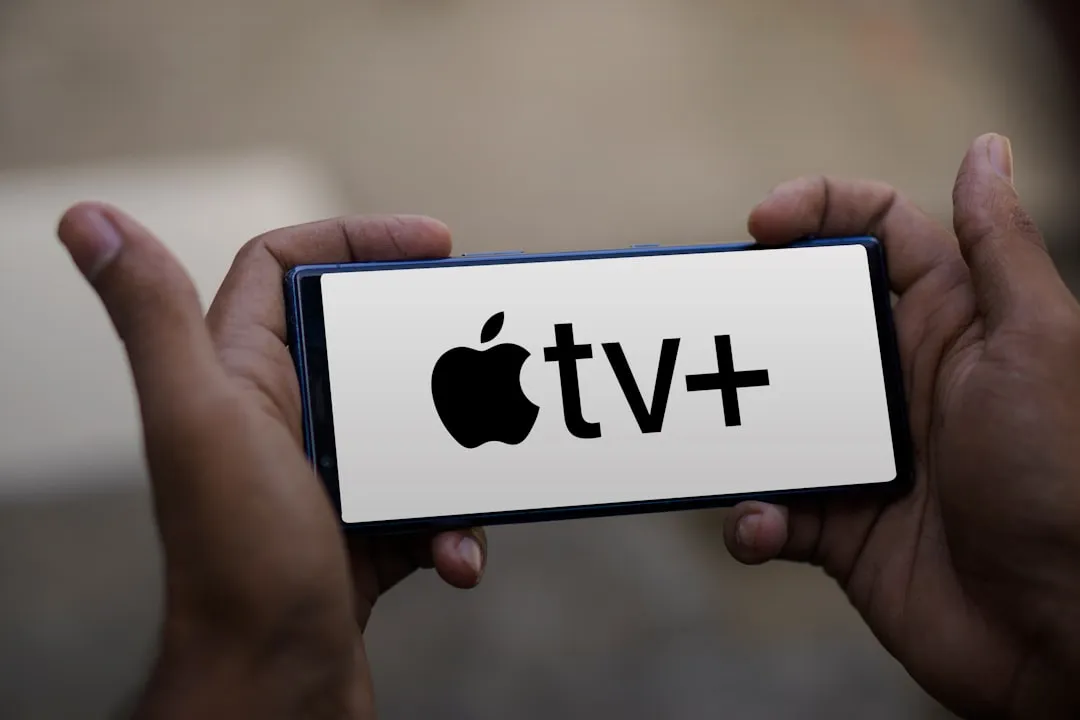
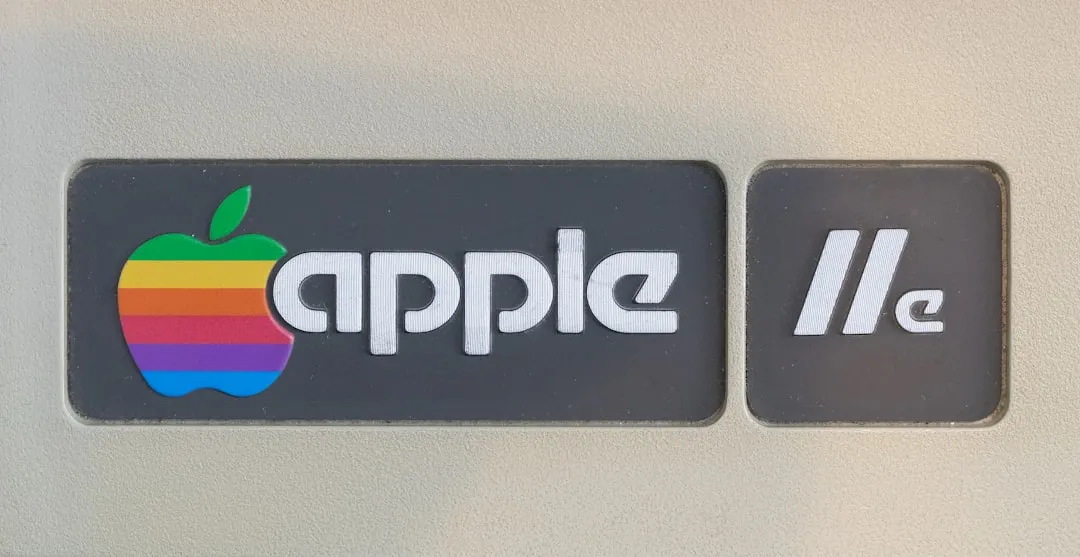


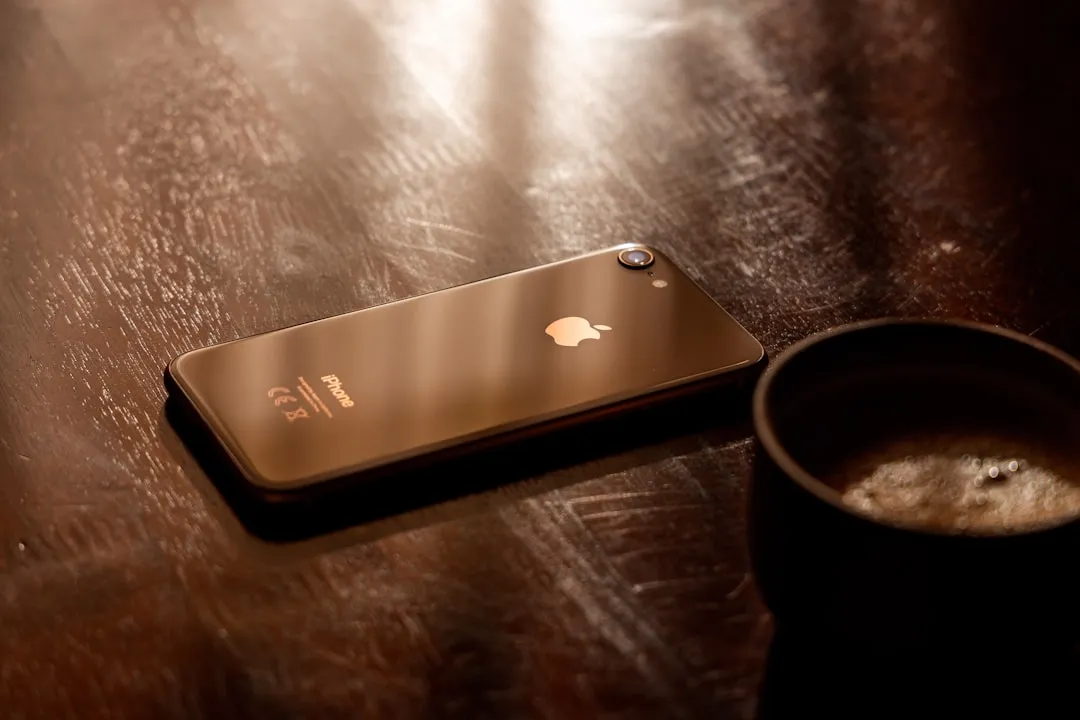
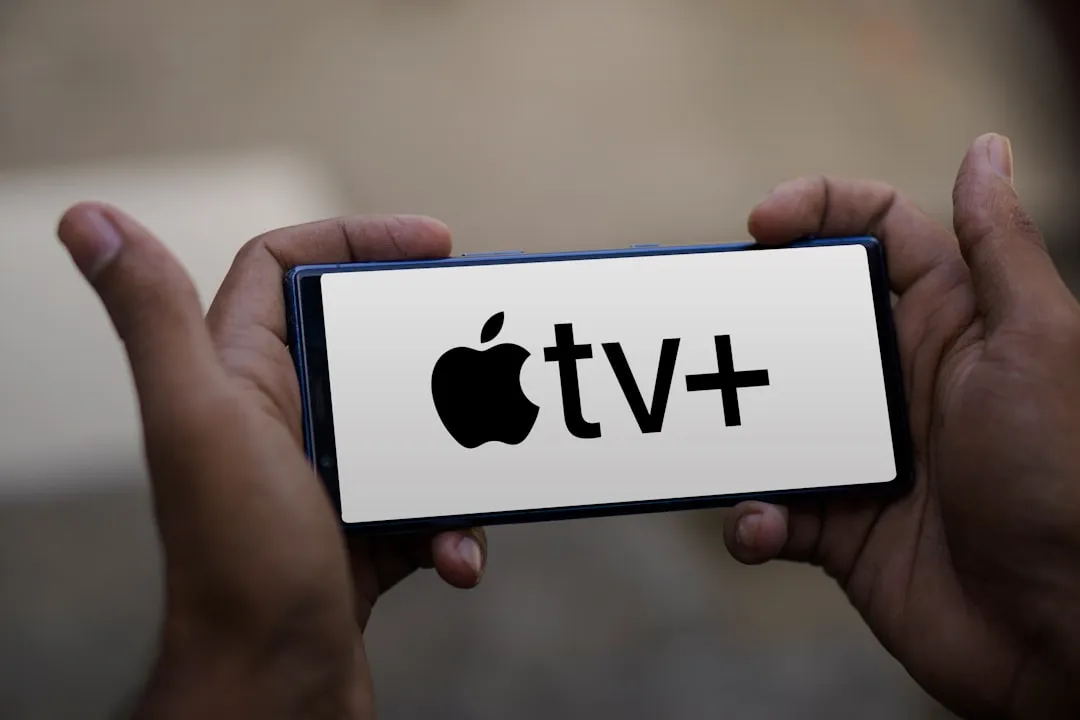
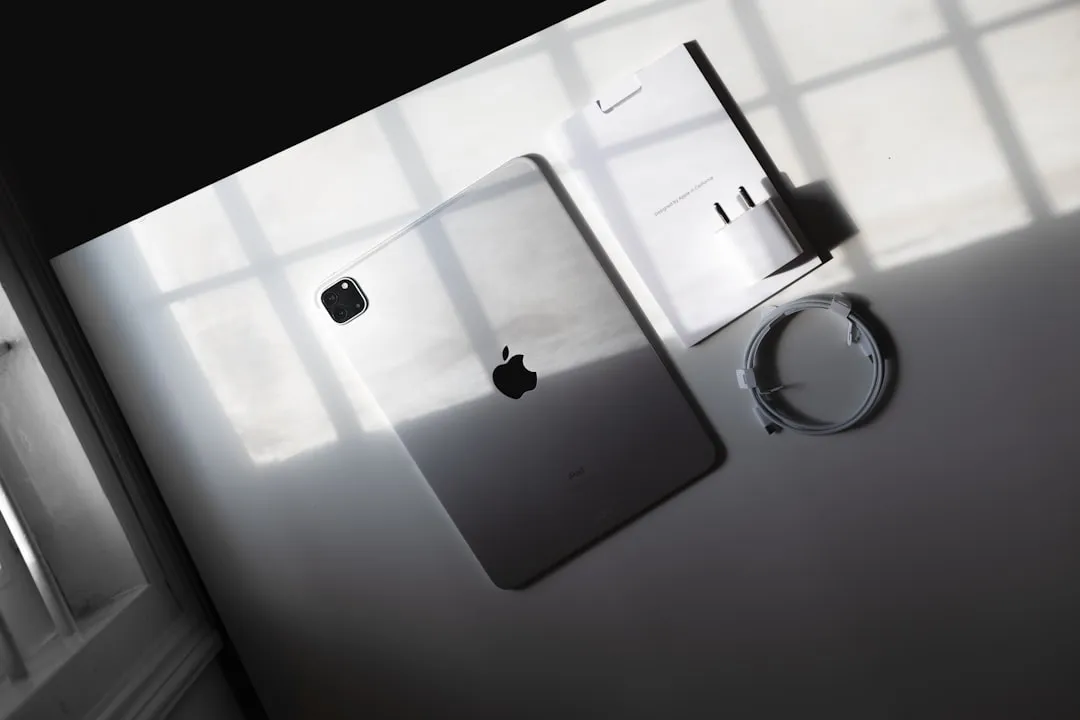
Comments
Be the first, drop a comment!